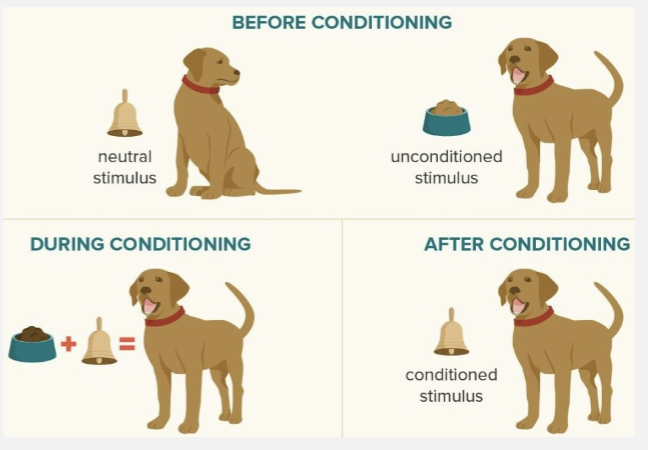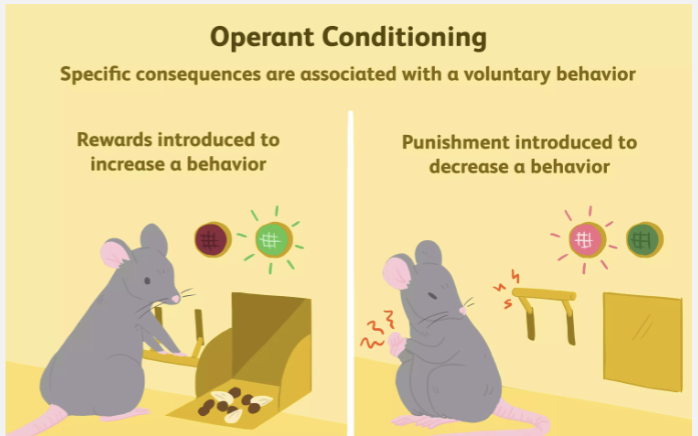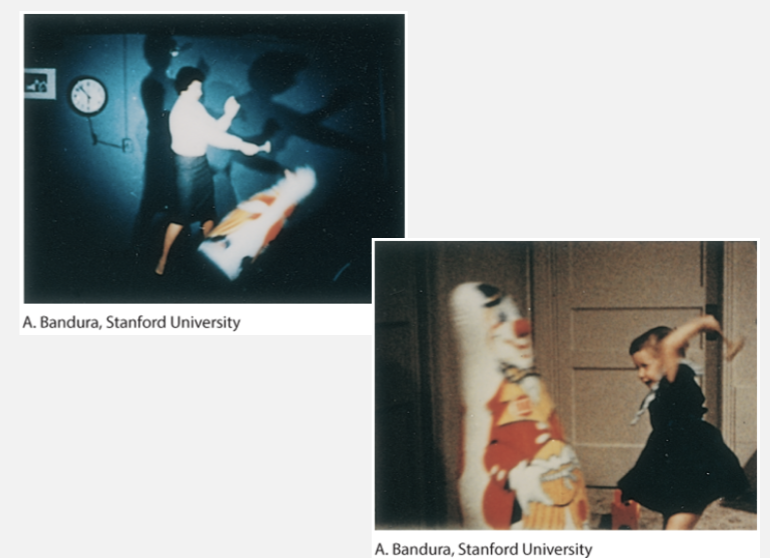PSYC380 Chapter 3 - Models of Psychopathology
1/41
Earn XP
Description and Tags
Name | Mastery | Learn | Test | Matching | Spaced |
|---|
No study sessions yet.
42 Terms
Biological model
Believes that psychological abnormalites stem from malfunctioning biological functions
Genetic predispositions, imbalances in brain chemicals (neurotransmitters) or structural and functional differences in the brain and nervous system
Biological model case example
Patient H.M underwent brain surgery which resulted in memory loss, which helped scientist understand the role of the hippocampus in memory formation
Biological model treatments
Medication, Brain stimulation (electroconvlusion therapy), Psychosurgery (lobotomy, cutting corpus callosum in severe cases of epilepsy)
Strengths of biological model
New information is constantly becoming available
Treatments are very effective
Weaknesses in biological model
The research is not fully there and it does not explain everything
Side effects
Does not account for social or enviornmental factors
Psychodynamic model
Freud explained abnormal functioning by emphasizing the role of unconscious mental processes, childhood experiences and interpersonal relationships
Parts of the unconscious: Superego, ego, ID
These parts are constantly in conflict with each other, a bit of conflict is good, but an abnormal or excessive amount of conflict is what causes psychopathology
ID
Innate, unconscious desires and impulses seeking immediate gratification
Pleasure seeking impulses, self-serving
Ego
The rational, conscious part of the psyche that mediates between the id’s and superegos desires
Superego
The ethical component of personality, morals, standard of perfection that ignites guilt or shame when not achieved
Proposed developmental stages
New events and pressures at each stage, as you grow so do your Id, ego and superego
If successful → personal growth
If unsuccessful → fixation → psychopathology
Psychodynamic treatments
First to use a form of therapy
Goals: Uncover past traumas and resolve inner conflicts
Techniques: Subtly guide discussion, so patients discover underlying problems for themselves
Therapist interpretation (psychodynamic therapy)
Looks for
Resistance: Resistance to therapy
Transference: Redirecting experiences onto clinician
Dreams: Ideas, thoughts and images out of session
Catharsis (Psychodynamic therapy)
Reliving suppressed emotions from experiences
Needs to happen multiple times, not just once (this is called working through)
Strengths of psychodynamic model
Provided a new piece: first to look outside the biological perspective
Provides deep insight into unconscious processes
Highlights the lasting impact of childhood experiences on adult personality and relationships
Weaknesses of the psychodynamic model
Extremely difficult to research (cannot measure id, ego, superego)
cannot manipulate these variables
Cognitive-Behavioral model
Proposes that our thoughts, feelings, and behavior are all interconnected and influence each other. There are two dimensions, cognitive and behavioral.
THEY ALL INTERSECT WITH EACH OTHER
Behavioral dimension (Cognitive-behavioral model)
Disorder is learned through different experiences, we have
ex. going to a cliff and getting scared and from that point on being scared of heights
Classical conditioning (behavioral dimension)
Learning through association

Operant conditioning (behavioral dimension)
Consequences or rewards are associated with certain behaviors
Rewards introduced to increase behavior
Punishment introduced to decrease behavior

Modeling (behavioral dimension)
When someone sees a behavior, they might try to model it
ex. mom is afraid of dogs, children see that mom is scared of dogs, therefore they are also afraid
hitting the clown experiment

Treatments in the behavioral dimension
Relief is gained through changing learned associations (classical) or the consequences of a behavior (operant) or with corrective modeling
Systematic desensitization: Slowly desensitize person to what they are afraid of (child afraid of water, start with getting in small amounts of water and build from there)
Virtual reality
Exposure therapy
Cognitive dimension (Cognitive-behavioral model)
How thoughts influence your emotions and cause abnormal functioning
ex. you walk past your friend, and they do not say hi back to you, now you overthink and feel like no one likes you, and you start to feel sad. Even though it is very possible that your friend just did not see you.
Goal: Change people’s thoughts about those events to be more realistic
Cognitive dimension treatment
Gentle questioning of irrational thinking, training clients to recognize distorted/illogical/maladaptive self talk
Magnification (cognitive dimension)
Blowing things out of proportion (catastrophizing)
ex. thinking if you go near a snake, you are going to die
Minimization (cognitive dimension)
Inappropriately shrinking something to make it seem less important
ex. I get an A on a test, but I still believe I am not good at the subject, minimizing my accomplishment
Cognitive-behavioral model strengths
Can be researched: Basic concepts that can be measured and manipulated
Broad appeal: Makes sense to a lot of people, easy for patients to understand
Efficacious: Effective for a lot of people
Powerful force: Most popular model, 46% of clinicians use
Cognitive-behavior model weaknesses
Causation: While thoughts and behavior are linked to abnormal behavior, we do not know for sure exactly how they are linked and if they are actually the causes of each other
Fully remove thoughts?: This wants to fully remove bad thoughts, but for some people they cannot do that or do not want to do that and would rather come to terms with their thoughts
Humanistic-existential model
Integrates philosophical ideas from existentialism and humanistic psychology to focus on personal freedom, responsibility, choice, and the search for meaning in a conscious life.
Humanist view (Humanistic-existential model)
People are naturally constructive and friendly
Abnormality comes from not having self actualization
Goals: Reach self actualization, create a supportive climate for clients to look at themselves honestly and acceptingly
Self-Actualization (humanist view)
An individuals drive to realize their full potential and become the best version of themselves
Humanist views treatment
Make the client feel valued during treatment
Unconditional positive regard: Need to be viewed as worthwhile by others, so clinicians help build that up by being reassuring
Unconditional self-regard: comes from UPR, means we believe in ourselves if we do not get UPR we develop conditions that make us feel worthwhile
Accurate empathy
Genuineness
Existentialist view
Focuses on choice, needing to define ourselves in an honest way
Self-deception: Hiding from different situations, making excuses to avoid unpleasant tasks or reality, blaming past experiences for current behavior
Goal is to decrease self-deception
Existentialist view treatments
Accepting responsibility for your actions and not avoiding responsibilities/reality
We do this with a therapeutic relationship
Humanistic-existentialist model strengths
Unique client: Both emphasize the individual, clients are given lots of empathy and are shown respect, encourages clients and shows them that they can do great things
Optimistic: Increasing positive symptoms instead of decreasing negative symptoms
Humanistic-existentialist model weaknesses
Does not deal with serious mental health issues like people with psychosis or suicidal ideations
Difficult to research: Deals with abstract variables which cannot be measured
They do not believe in experimental research which means there is not a lot of research out there at all
Sociocultural model
A framework suggesting that social interactions, cultural norms, and other environmental factors play a significant role in the development of mental health and illness
Family-social perspective (sociocultural model)
Social labels and roles: How do social labels affect us and our mental health?
Social network: We all have a need for social connection and if we don’t have that we can develop abnormal behaviors, these relationships need to be meaningful
Family structures: Different types of families can affect the mental health in different ways
Family social treatments
Traditional individual therapy
Couples therapy
Family therapy
Group therapy
Support groups
Multicultural view (sociocultural model)
How do people of different cultural backgrounds experience psychopathology differently?
Believes behavior is best understood when viewed through a cultural context
Goals: Address issue that historically treatment is less efficacious for underrepresented groups
Multicultural view treatments
Sensitivity: Be more inclusive to different backgrounds
Inclusion of cultural models
Sociocultural models strengths
New contribution: More inclusive and can be applied to other models of psychology
Treatment is more successful when applied to other models of psychology
Sociocultural model weaknesses
Correlation does not equal causation
Research is very difficult to do